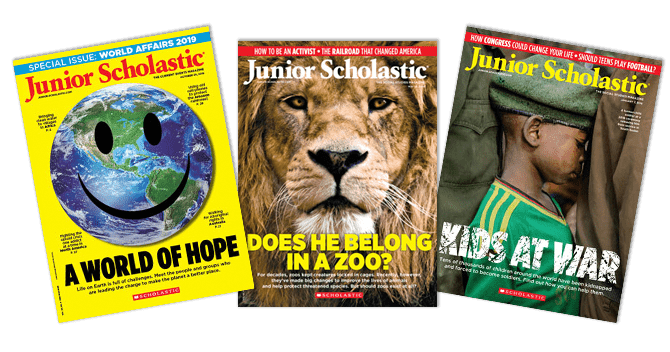Probably no single journey changed the world more profoundly than that of Christopher Columbus. For hundreds of years, his story was the stuff of legend: how the Italian navigator sailed west from Spain in 1492, braving uncharted seas, and “discovered” America.
The Founders of the United States often cited Columbus as an inspiration for their experiment of a nation dedicated to the idea of freedom. In fact, the young country was often referred to as Columbia in honor of the explorer. And generations of Americans have celebrated him on the second Monday in October: Columbus Day.
But today, many Americans are questioning this history—and Columbus Day itself. Columbus couldn’t discover a place where millions of people already lived, they say. Worse, honoring him ignores how he—and the waves of European settlers that arrived in his wake—forced the
To professor Leo Killsback of Arizona State University, Columbus Day is not a time of celebration but a reminder of “historic crimes” to Native Americans.
This point of view has inspired a growing trend. Last year, Boulder, Colorado, voted to transform Columbus Day into Indigenous Peoples Day. “The day should not be about the people who came, but the people who were already here,” says Mayor Suzanne Jones. More than 30 other cities and the states of South Dakota and Alaska have similar celebrations. (Some continue to observe Columbus Day as well.)
Other Americans defend Columbus. They say it was his bold vision that enabled Europeans to brave the journey to a new land.
So was Columbus a villain or a hero? Some 525 years after he set sail, Americans are struggling with that question.



